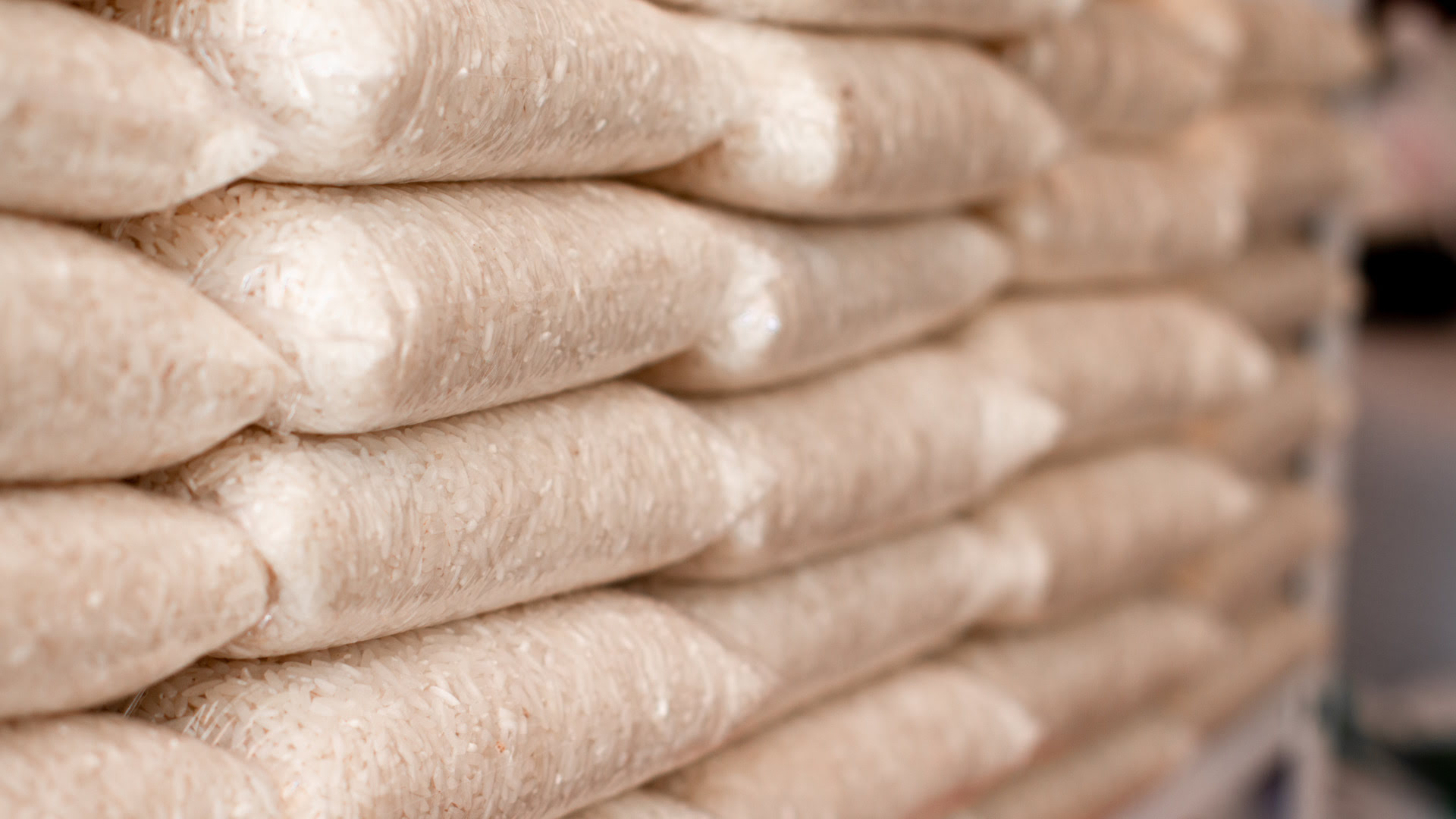

Articles
How To Store Rice For Years
Modified: February 28, 2024
Learn the best methods of storing rice for long-term use in this informative article. Discover tips and tricks to keep your rice fresh and edible for years to come.
(Many of the links in this article redirect to a specific reviewed product. Your purchase of these products through affiliate links helps to generate commission for Storables.com, at no extra cost. Learn more)
Introduction
Storing rice for long periods of time is a smart and practical approach, especially if you want to have a reliable food source on hand or are preparing for emergencies. Rice is a staple food in many cultures around the world, and it provides essential carbohydrates and nutrients that are crucial for a balanced diet.
When stored properly, rice can have an impressive shelf life, lasting for years without compromising its taste or nutritional value. In this article, we will explore the various factors to consider when storing rice for extended periods, including choosing the right type of rice, optimal storage conditions, cleaning and preparing the rice, proper packaging methods, and tips for long-term storage.
By following these guidelines, you can ensure that your stored rice remains fresh, safe to consume, and available for whenever you need it.
Key Takeaways:
- Choose long-grain, low-moisture rice in sealed packaging for extended storage. Maintain optimal storage conditions, clean and prepare rice thoroughly, and use proper packaging methods to ensure freshness and safety.
- Whether storing rice in bulk or small portions, regular monitoring, and inspection are crucial. Implement long-term storage tips and manage pests effectively to maintain a reliable and sustainable food supply.
Read more: How To Store A Car For A Year
Choosing the Right Rice
When it comes to storing rice for long periods, selecting the right type of rice is crucial. Not all rice varieties are suitable for long-term storage, as some have a higher moisture content and shorter shelf life. Here are a few key points to consider when choosing the right rice for storage:
- Long-grain rice: Opt for long-grain rice varieties such as jasmine, basmati, or Carolina Gold. These types of rice have less starch and are less likely to become sticky when cooked.
- Low-moisture content: Look for rice with a low moisture content. Moisture is one of the main factors that can lead to rice spoilage or the growth of molds and bacteria.
- Newly harvested rice: Fresher rice tends to have better quality and a longer shelf life. Look for newly harvested rice or rice that has been processed and stored properly to ensure optimal freshness.
- Sealed packaging: Purchase rice that comes in sealed packaging to prevent moisture, insects, and contaminants from entering the package.
Keep in mind that brown rice, though highly nutritious, has a shorter shelf life compared to white rice due to its higher oil content. If you prefer brown rice for its health benefits, it is best to rotate your storage more frequently to maintain freshness.
By selecting the right type of rice and paying attention to its moisture content and packaging, you can ensure that your stored rice remains viable for an extended period.
Optimal Storage Conditions
Creating the optimal storage conditions is essential for preserving the quality and longevity of stored rice. Here are some key factors to consider:
- Temperature: Rice should be stored in a cool and dry environment. Ideally, the temperature should be below 70°F (21°C). Avoid exposing the rice to extreme temperatures or fluctuations in temperature, as this can accelerate the deterioration process.
- Humidity: Keep the storage area dry and ensure the humidity level is below 15%. High humidity can cause moisture buildup, leading to mold growth and rice spoilage.
- Light: Rice should be stored in a dark place, away from direct sunlight. Light exposure can cause the rice to degrade and lose its nutritional value.
- Air circulation: Proper air circulation is important to prevent condensation and reduce the risk of moisture buildup. However, avoid storing rice in areas with excessive airflow, as this can accelerate the drying process and affect the quality of the rice.
It is also crucial to keep your storage area clean and free from pests. Regularly inspect the area for any signs of pests or insects and take appropriate measures to eliminate them.
By ensuring the right storage conditions, you can extend the shelf life of your stored rice and maintain its taste, texture, and nutritional value for longer periods.
Cleaning and Preparing Rice for Storage
Before storing rice for long periods, it is important to clean and prepare it properly. Here are some steps to follow:
- Remove impurities: Start by inspecting the rice and removing any stones, debris, or discolored grains. This will help ensure that only clean and high-quality rice is stored.
- Rinse the rice: Rinse the rice thoroughly with cold water to remove any dirt, dust, or excess starch. This step also helps to remove any residual pesticides or chemicals that may be present on the rice.
- Drain the rice: After rinsing, allow the rice to drain for a few minutes to remove excess water. Proper draining helps prevent the growth of mold or bacteria during storage.
- Dry the rice: Spread the rice out on a clean, dry surface to allow it to dry completely. It is important to ensure that the rice is completely dry before storing it, as any remaining moisture can lead to spoilage.
It is worth noting that some rice varieties, especially glutinous rice or sticky rice, may require additional steps such as soaking before cooking. However, for long-term storage, it is best to leave the rice unsoaked to maintain its texture and prevent moisture buildup.
By cleaning and properly preparing the rice before storage, you can eliminate impurities and reduce the risk of spoilage, ensuring that your stored rice remains fresh and safe to eat.
Proper Packaging Methods
Choosing the right packaging method is crucial for maintaining the quality and freshness of stored rice. Here are some effective packaging methods to consider:
- Airtight containers: Opt for airtight containers made of food-grade materials, such as plastic, glass, or metal. These containers will keep moisture and pests out, preserving the quality of the rice. Make sure the containers have a reliable seal to prevent air from entering.
- Mylar bags: Mylar bags are an excellent option for long-term storage. These thick, durable bags are designed to protect against moisture, oxygen, and light. Vacuum-seal the rice inside the mylar bags for optimal preservation.
- Food-grade buckets: Food-grade buckets with tight-fitting lids are another reliable choice for storing rice in bulk. Ensure that the buckets are cleaned and sanitized before use to prevent any contamination.
- Sealed pouches: If the rice comes in sealed pouches, such as those commonly found in stores, you can store them as they are. However, it is still recommended to place them inside airtight containers or mylar bags for additional protection.
When packaging rice, it is important to remove as much air as possible from the containers or bags to reduce the risk of spoilage. Oxygen can speed up the breakdown process and degrade the quality of the rice over time.
Label each package with the date of storage to help you keep track of the rice’s age and rotation. This will allow you to prioritize consuming the older rice first and prevent any rice from being stored for excessively long periods.
By using proper packaging methods, you can ensure that your stored rice remains fresh, free from contaminants, and ready to be used whenever needed.
Read more: How To Store Wine For 20 Years
Storing Rice in Bulk
Storing rice in bulk can be a cost-effective and efficient approach, especially if you have a large household or want to be prepared for extended periods without access to a grocery store. Here are some tips for storing rice in bulk:
- Choose the right container: When storing rice in bulk, opt for food-grade containers that are specifically designed for long-term storage. Airtight containers, food-grade buckets, or large mylar bags are ideal for keeping a large quantity of rice secure and protected.
- Divide into smaller portions: To make it easier to access and use the rice without exposing the entire bulk quantity to the air, consider dividing the rice into smaller portions. This way, you can open and use one portion at a time while keeping the rest of the rice sealed in its container.
- Label and rotate: Label each container or portion with the date of storage to help you keep track of the rice’s freshness. Implement a first-in, first-out rotation system to ensure that the oldest rice is used first, and new rice is added to the storage in the back. This helps prevent the rice from being stored for extended periods and ensures that you are consuming the freshest rice possible.
- Store in a cool, dry place: Find a cool and dry location in your home to store the bulk quantity of rice. Avoid areas that are exposed to direct sunlight or fluctuating temperatures, as these can compromise the quality and shelf life of the rice.
- Check for signs of spoilage: Regularly inspect the stored rice for any signs of spoilage, such as discoloration, unusual odors, or the presence of insects. If you notice any issues, discard the affected portion and ensure the rest of the rice is properly sealed and protected.
By following these guidelines, you can safely and efficiently store rice in bulk, ensuring a long shelf life and a continuous supply of this essential staple food.
Store rice in a cool, dry place in an airtight container to prevent moisture and pests. Adding oxygen absorbers can help extend its shelf life.
Storing Rice in Small Portions
Storing rice in small portions is a convenient option, particularly for individuals or small households that don’t require a large quantity of rice at once. Here are some helpful tips for storing rice in small portions:
- Use individual bags or containers: Divide the rice into individual portions and store them in separate bags or containers. This helps to maintain portion control and prevents the need to open a large container every time you want to use rice.
- Choose appropriate containers: Select small-sized food-grade bags, resealable plastic containers, or glass jars with tight-fitting lids to store the rice. These containers help to keep the rice fresh, protected from moisture, and easily accessible when needed.
- Label each portion: Clearly label each portion with the date of storage to keep track of its freshness. This is especially important if you have multiple rice varieties or if you rotate between different grains.
- Consider portion sizes: Determine the amount of rice you typically consume in one sitting and portion out accordingly. This prevents wastage and allows for easy meal planning.
- Store in a cool, dry place: Find a suitable location in your kitchen or pantry that is cool, dry, and away from direct sunlight. Avoid areas near heat sources or high humidity, as this can affect the rice’s quality and longevity.
- Monitor for freshness: Check the stored rice periodically for any signs of spoilage, such as discoloration, unusual odors, or pest infestation. Dispose of any compromised portions and ensure the remaining rice stays properly sealed.
Storing rice in small portions allows for easy access and ensures that each portion stays fresh until it is needed. By following these tips, you can efficiently store and manage your rice supply for convenient and consistent use.
Monitoring and Inspecting Stored Rice
Regular monitoring and inspection of stored rice are essential to ensure its quality and safety. Here are some key steps to follow:
- Visual inspection: Periodically check the stored rice for any signs of spoilage, such as discoloration, mold, or insects. If you notice any visible issues, it is important to discard the affected portion and inspect the rest of the rice thoroughly.
- Smell test: Take a whiff of the stored rice to detect any off-putting odors. Rice should have a neutral or slightly nutty aroma. If you sense any unusual or foul smells, it may indicate that the rice has gone bad and should not be consumed.
- Check for moisture: Touch the rice to assess its moisture content. It should feel dry and free from any stickiness. Moisture can lead to mold growth and degradation of the rice’s quality, so ensuring the rice remains adequately dry is crucial.
- Pest control: Keep an eye out for any signs of pests or insects, such as rice weevils or moths. These pests can infest stored rice and cause contamination. If you notice any insects, dispose of the affected rice and take measures to prevent further infestation, such as cleaning the storage containers and inspecting the surrounding area.
- Rotation and usage: Implement a regular rotation system to use the older rice first and continuously replenish your supply with fresher rice. This practice helps to prevent rice from being stored for excessively long periods and ensures that you are consuming the freshest and highest quality rice.
By actively monitoring and inspecting your stored rice, you can identify and address any issues early, ensuring that the rice remains safe, fresh, and suitable for consumption.
Managing Pests and Insects
Pests and insects can pose a threat to stored rice, compromising its quality and making it unsafe for consumption. Here are some effective methods for managing pests and insects:
- Storage cleanliness: Keep the storage area clean and free from debris, spills, and food particles. Regularly vacuum or sweep the area to prevent attracting pests.
- Tightly sealed containers: Ensure that all rice containers are tightly sealed to prevent pests from gaining access. Use airtight containers or mylar bags with secure closures to create a barrier against insects.
- Bay leaves or neem leaves: Place bay leaves or neem leaves in the rice containers as a natural deterrent. The strong aroma of these leaves can help repel pests and insects.
- Temperature control: Maintain a cool temperature in the storage area. Pests thrive in warmer environments, so lowering the temperature can help deter their activity and reduce the risk of infestation.
- Freezing: If you suspect your rice is infested with pests, freezing the rice at a temperature of 0°F (-18°C) for at least four days can kill any eggs or insects present. However, ensure that the rice is tightly sealed in a freezer-safe container or bag to prevent moisture absorption.
- Desiccants: Place desiccant sachets or moisture absorbers in the rice containers to control humidity and prevent moisture buildup, which can attract pests.
- Regular inspection: Periodically inspect the rice containers for any signs of insect presence, such as webbing or tiny holes. If you notice any infestation, immediately discard the affected rice and thoroughly clean and sanitize the storage area.
- Professional pest control: If you are dealing with a severe infestation that you are unable to control on your own, it may be necessary to seek professional pest control services to eliminate the problem effectively.
By implementing these measures and staying vigilant, you can effectively manage and prevent pests and insects from compromising the quality of your stored rice.
Read more: How To Store A Car For 5 Years
Long-Term Rice Storage Tips
To ensure long-term rice storage success, here are some additional tips to consider:
- Rotate your stock: As mentioned before, implement a rotating system where you use the older rice first. This ensures that the rice is consumed within a reasonable time frame and maintains its optimal quality.
- Keep an emergency supply: Set aside a separate batch of rice specifically for emergency situations. This supply should be stored separately and regularly checked and replenished to ensure it remains viable in case of unforeseen circumstances.
- Store in multiple locations: If possible, store your rice supply in multiple locations. This provides an extra layer of security and minimizes the risk of losing your entire stock in the event of a disaster or pest infestation.
- Consider oxygen absorbers: Oxygen absorbers can help extend the shelf life of your stored rice by reducing the oxygen content and preventing oxidation. Place them in each container or bag before sealing to maintain the rice’s freshness and quality.
- Use a freezer for long-term storage: For extremely long-term storage, you can consider freezing the rice. Portion it into smaller packages and place them in airtight, freezer-safe containers. Freezing can prolong the shelf life of rice to several years, but be sure to label and date each package for proper rotation.
- Regularly inspect stored rice: Even if rice has a long shelf life, it is important to periodically inspect your stored rice for any signs of spoilage, pests, or deterioration. This step helps ensure that you catch any issues early on and can take appropriate action.
- Properly dispose of compromised rice: If you discover any signs of spoilage, insects, or unpleasant odors during inspection, promptly dispose of the affected rice following safe disposal practices to prevent contamination.
By following these long-term rice storage tips, you can maintain a reliable supply of high-quality rice that will sustain you and your family over an extended period.
Conclusion
Storing rice for years can provide you with a reliable food source, whether you are preparing for emergencies or simply want to have a long-lasting supply on hand. By following proper storage techniques, you can ensure that your stored rice remains fresh, nutritious, and safe to consume.
Choosing the right type of rice, such as long-grain varieties with low moisture content, is essential for successful long-term storage. Creating optimal storage conditions, including a cool and dry environment, protects the rice from degradation and extends its shelf life.
Cleaning and preparing the rice before storage remove impurities and excess moisture, further preserving its quality. Proper packaging methods, such as using airtight containers, mylar bags, or sealed pouches, protect the rice from moisture, insects, and contaminants.
Whether you store rice in bulk or small portions, practicing regular monitoring and inspection is important. Look for signs of spoilage, pests, or unusual odors to ensure the rice remains in good condition. Managing pests and insects through cleanliness, proper sealing, and natural deterrents helps safeguard your stored rice from infestation.
Implementing long-term storage tips, such as rotation, emergency supplies, and freezing, enhances the longevity and viability of your stored rice. Regularly checking and disposing of compromised rice maintains the quality of your stock and ensures you always have a reliable food source.
In conclusion, with the right knowledge and attention to detail, storing rice for years can provide you with peace of mind knowing that you have a sustainable food supply. By following the guidelines in this article, you can effectively store rice for extended periods, ensuring that you and your family have access to a nutritious and versatile staple whenever you need it.
Frequently Asked Questions about How To Store Rice For Years
Was this page helpful?
At Storables.com, we guarantee accurate and reliable information. Our content, validated by Expert Board Contributors, is crafted following stringent Editorial Policies. We're committed to providing you with well-researched, expert-backed insights for all your informational needs.



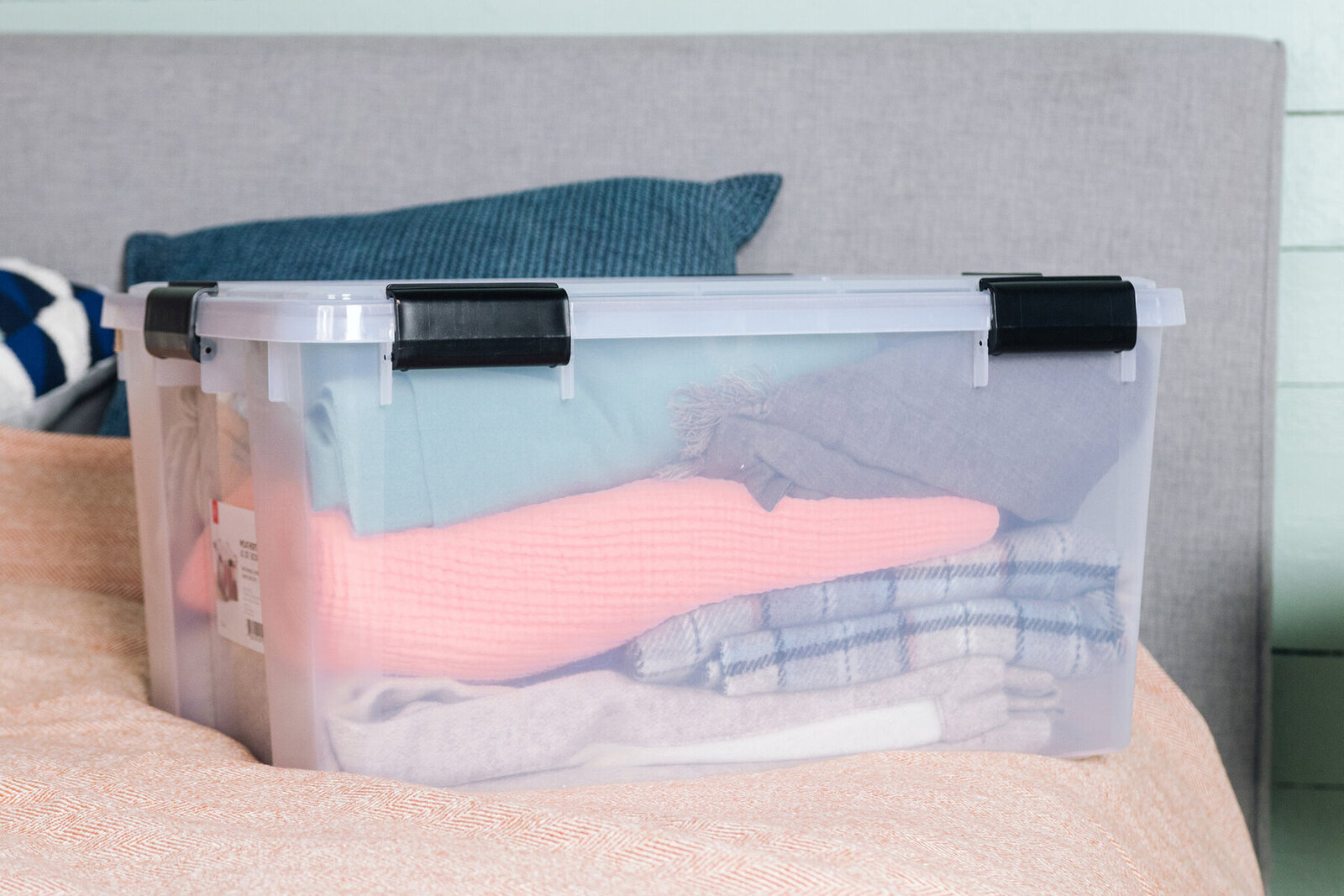


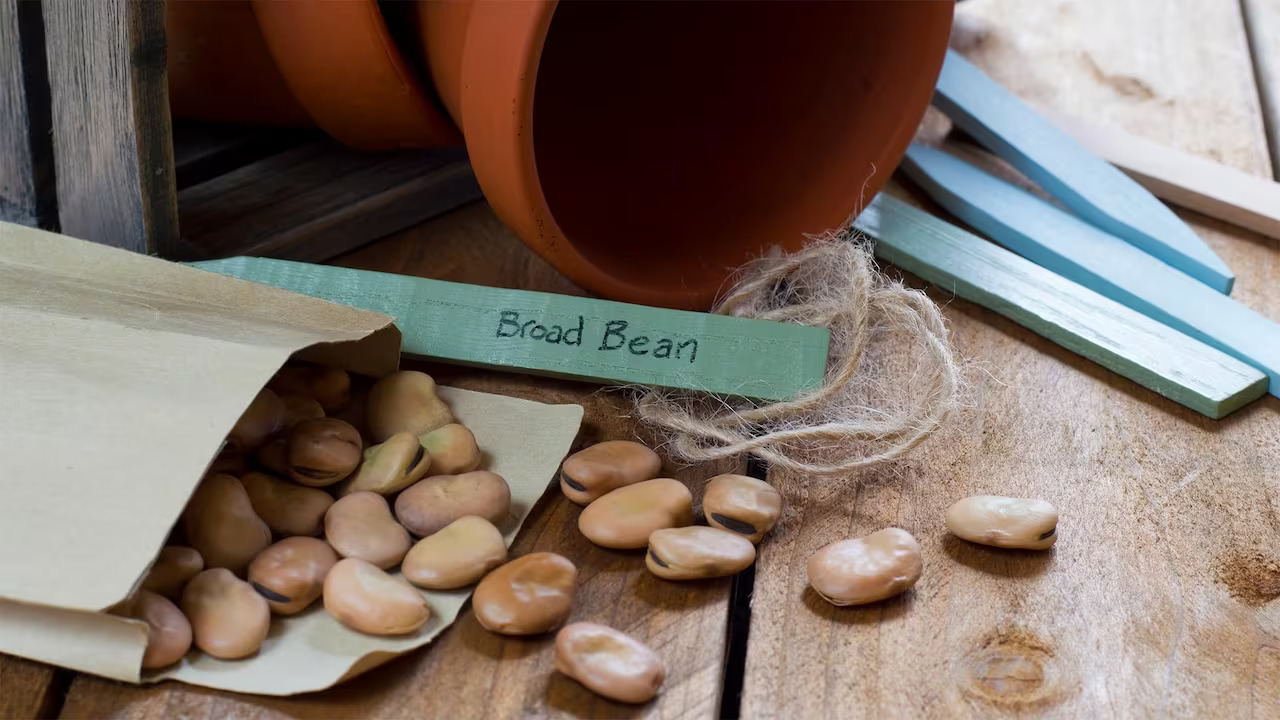
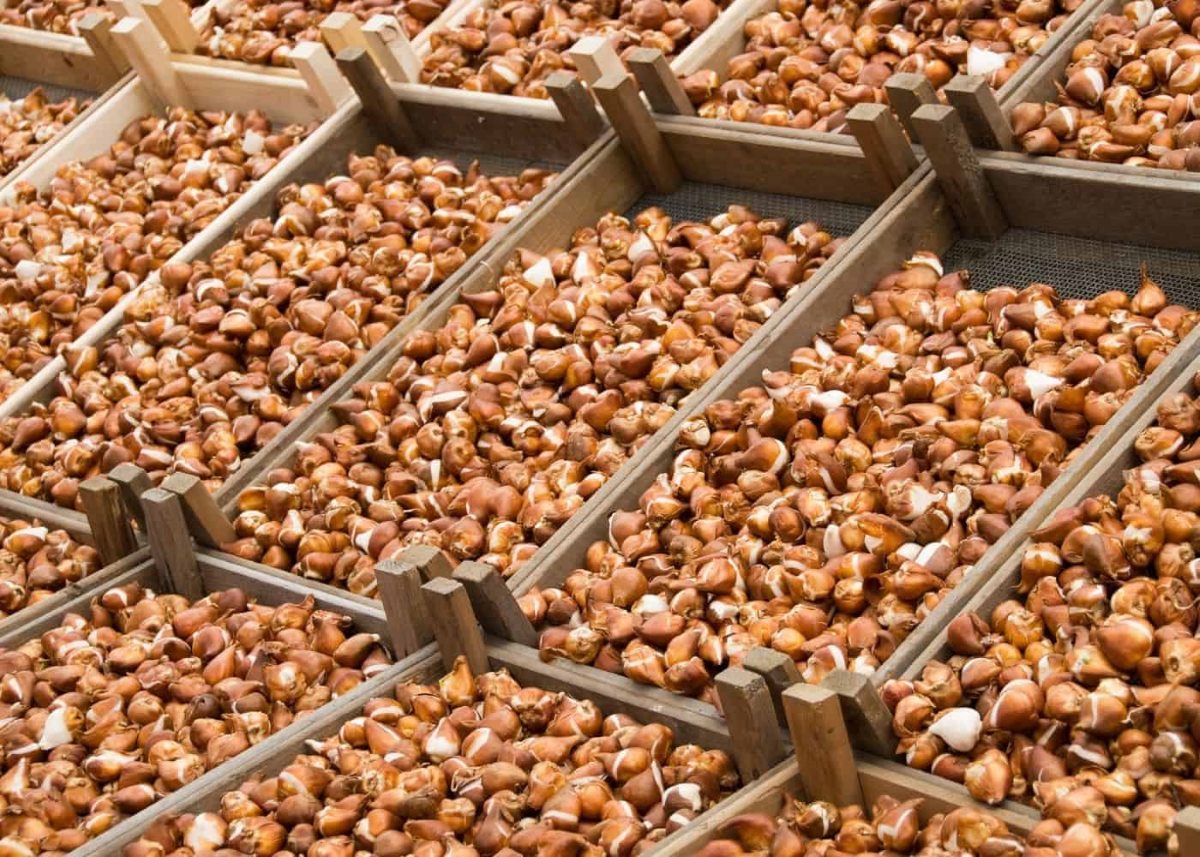
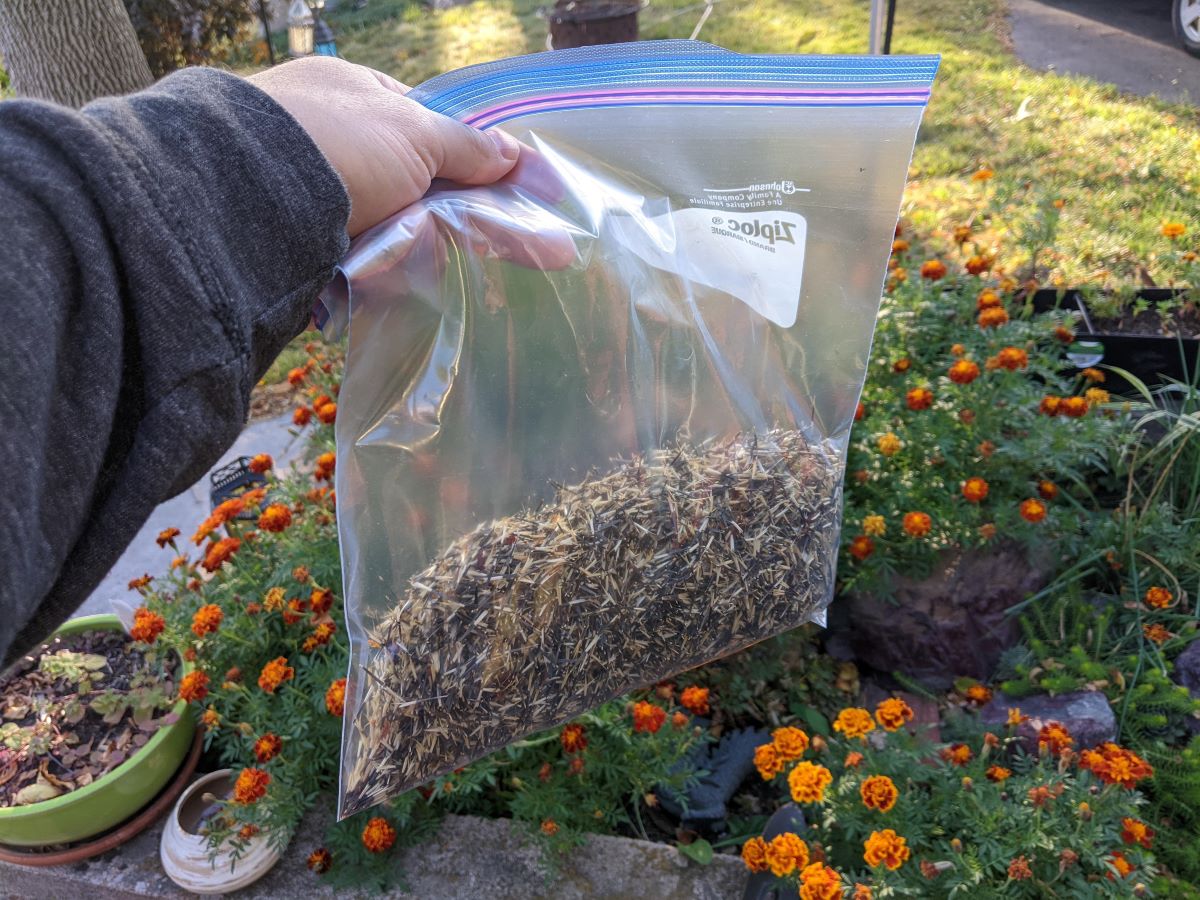





0 thoughts on “How To Store Rice For Years”